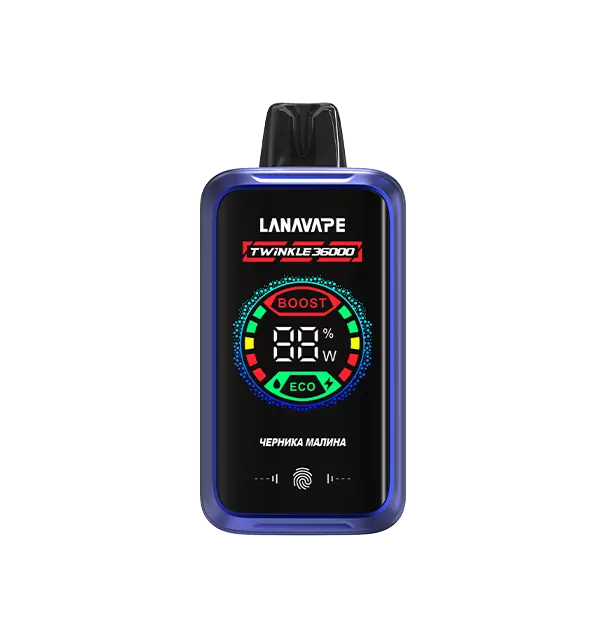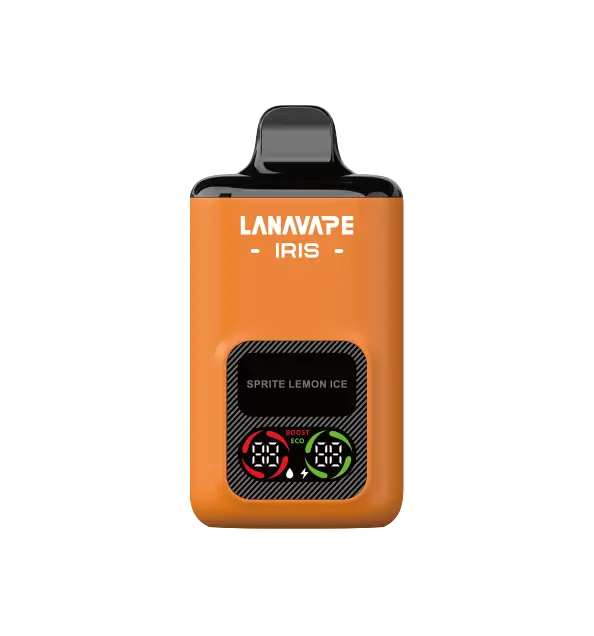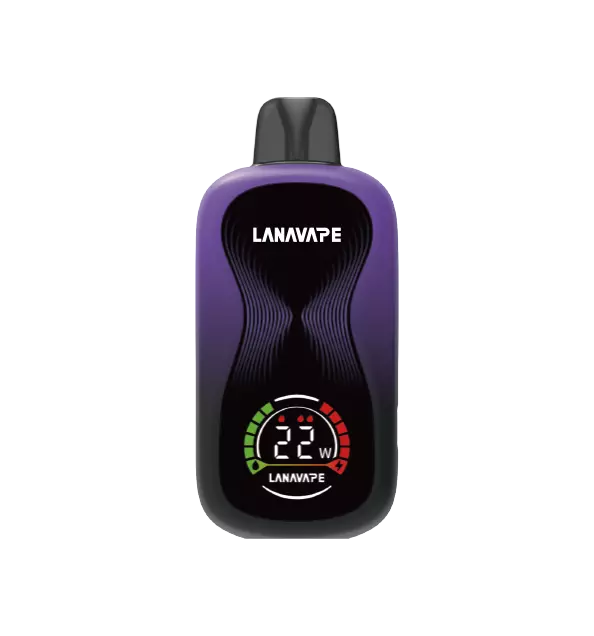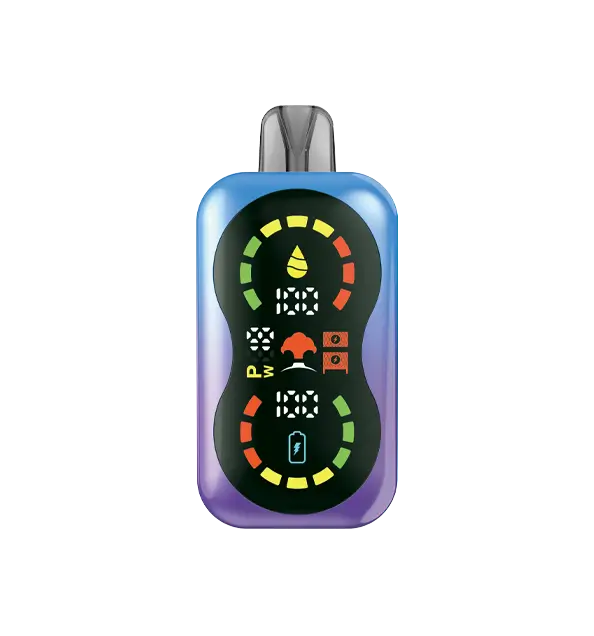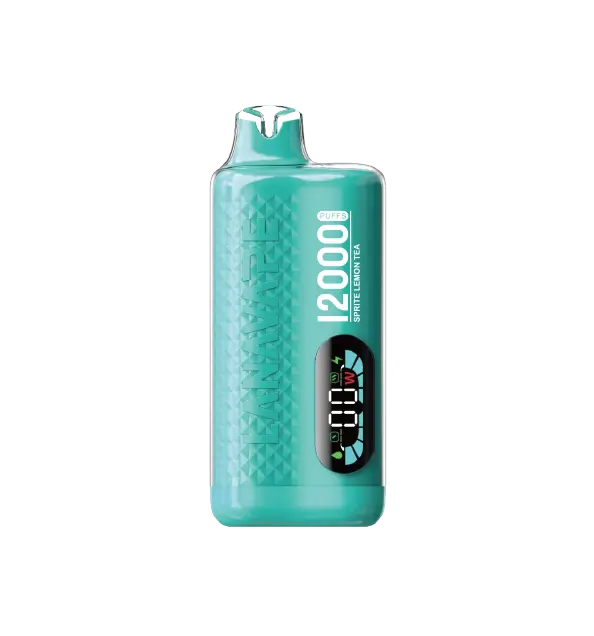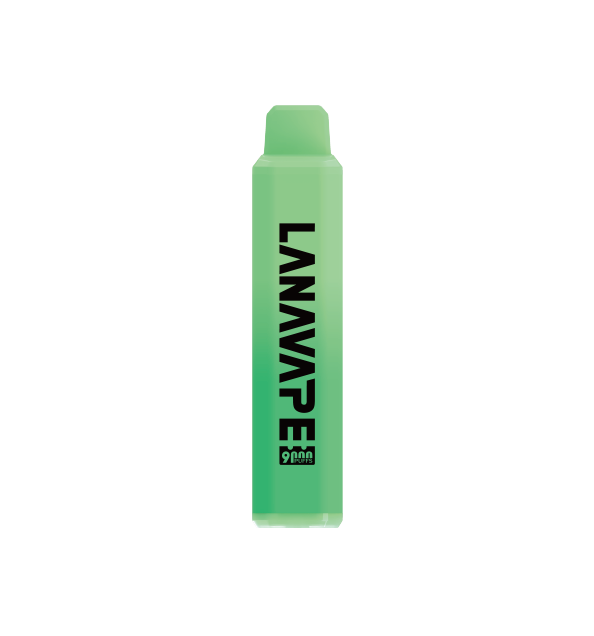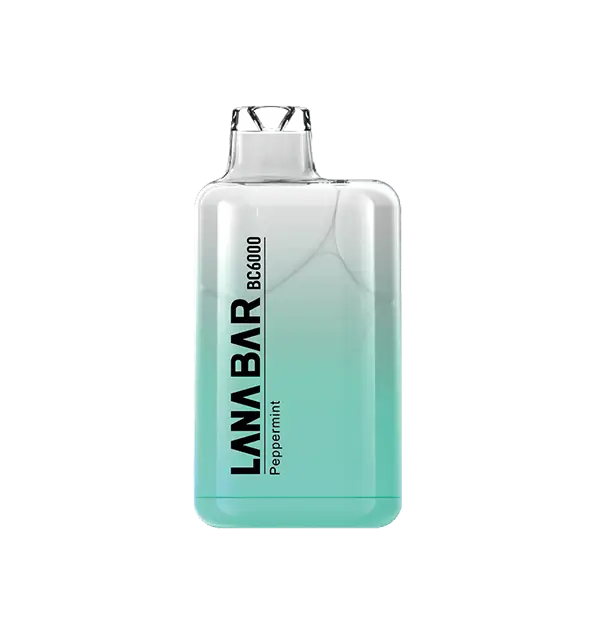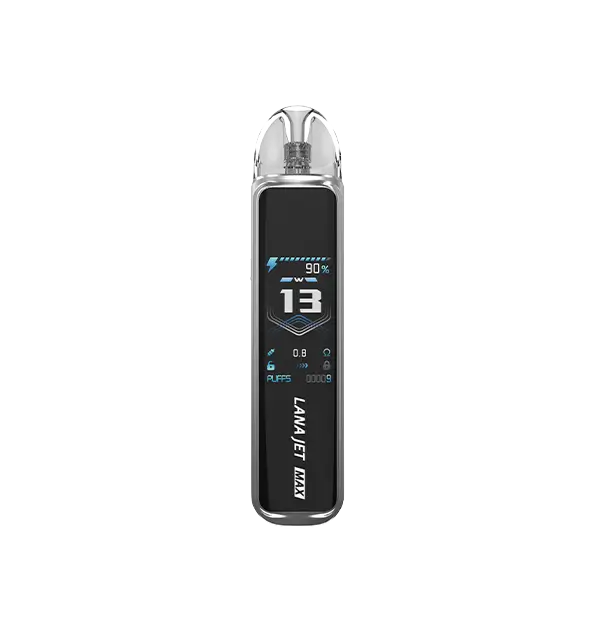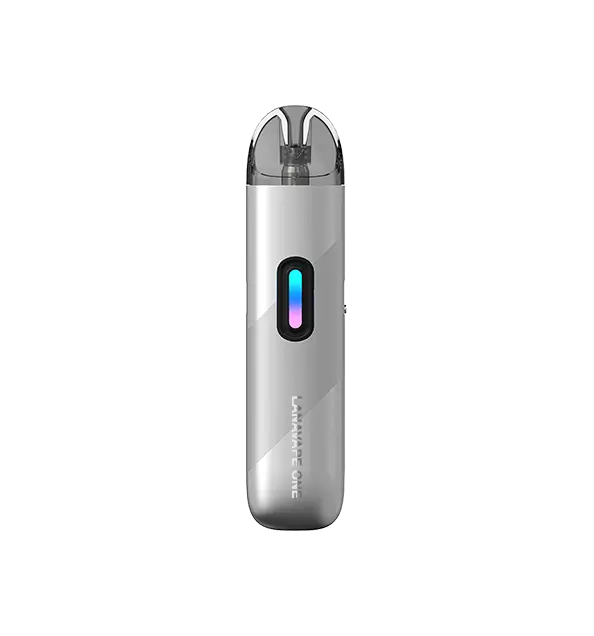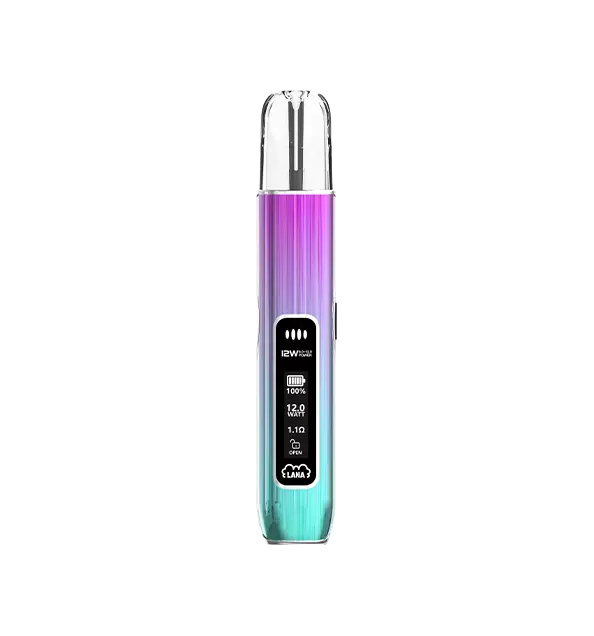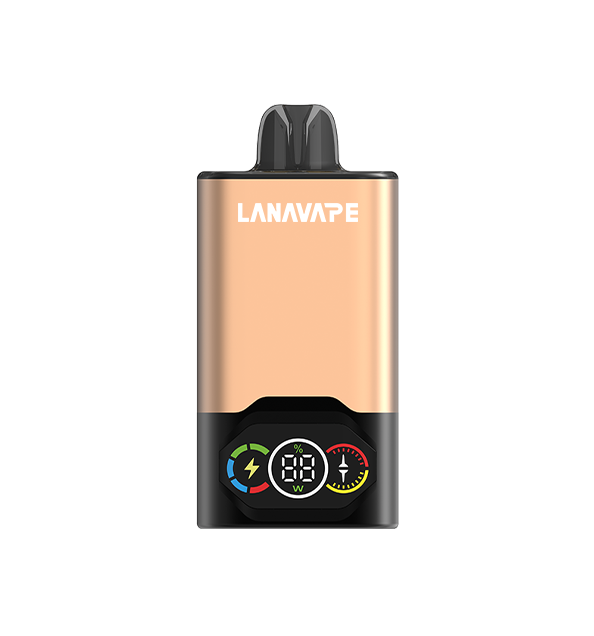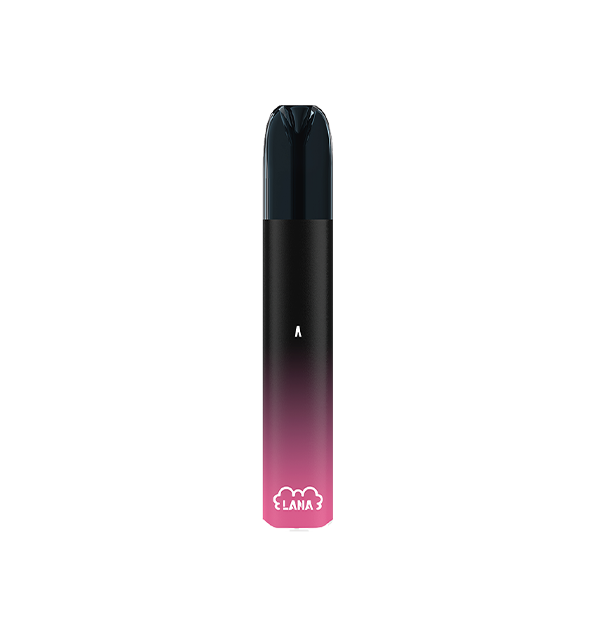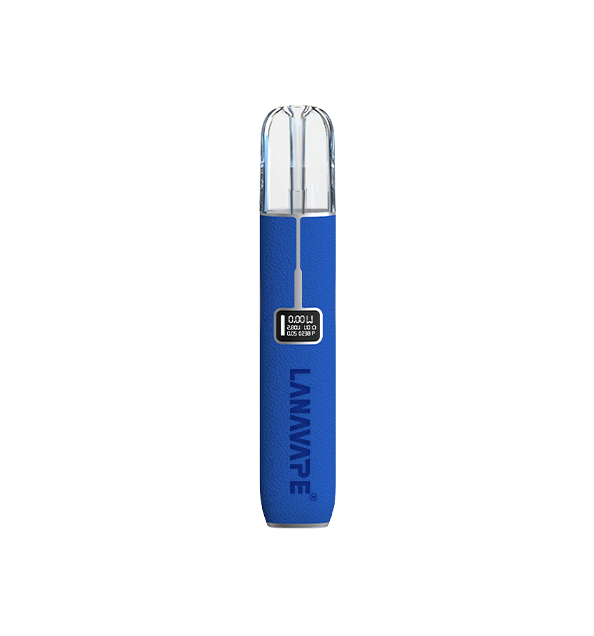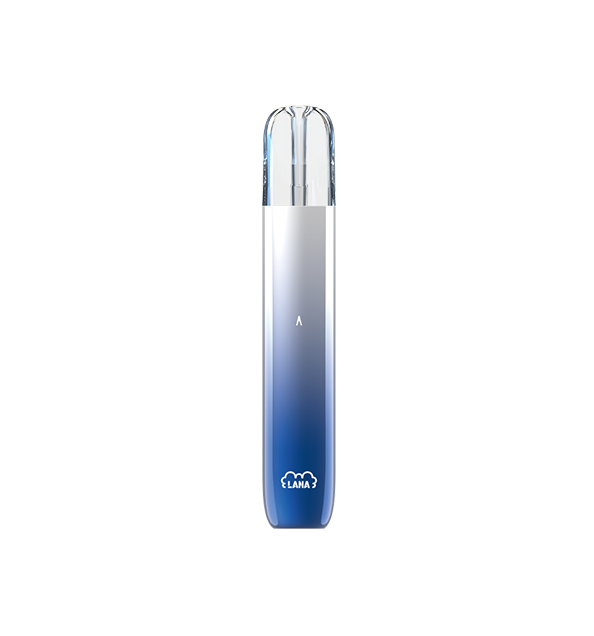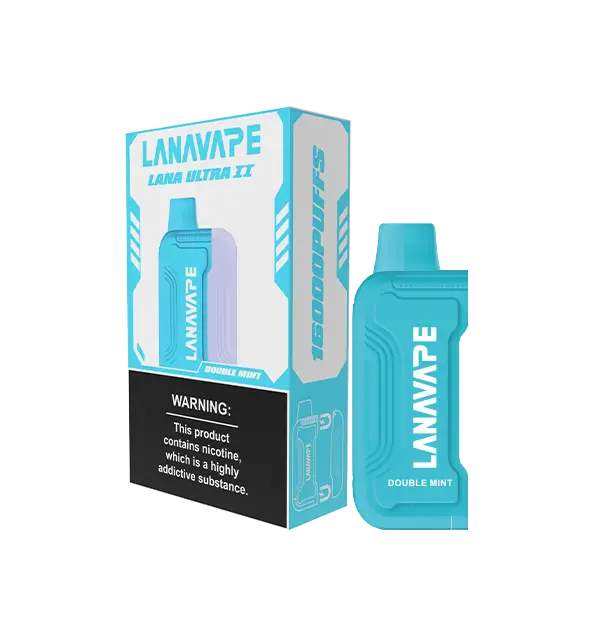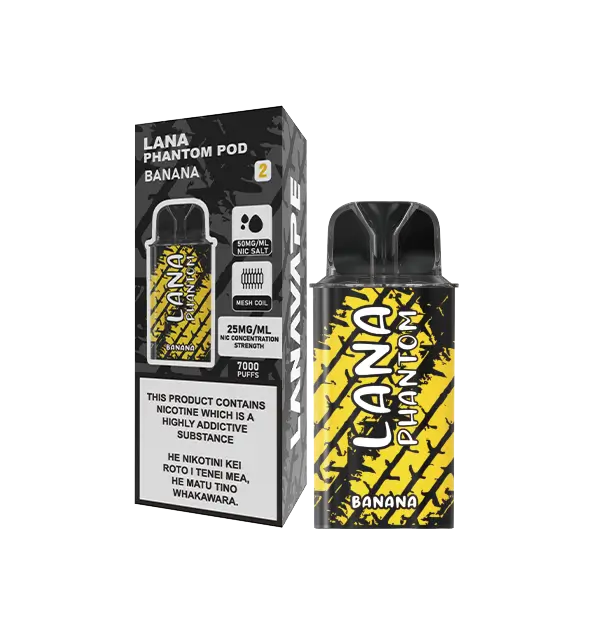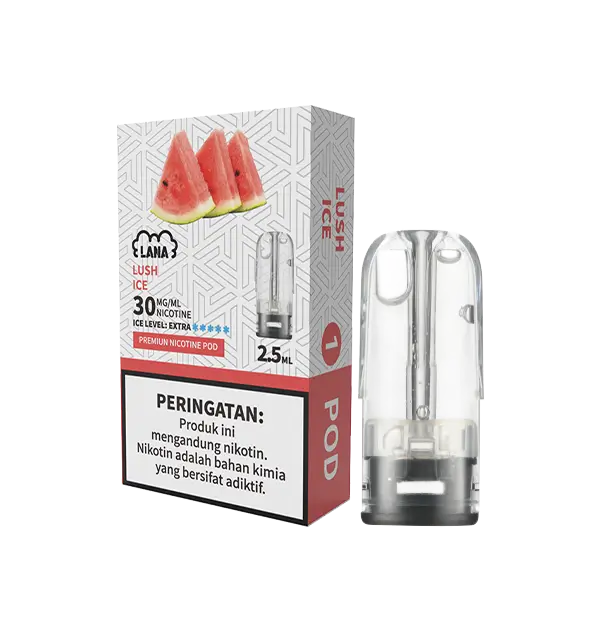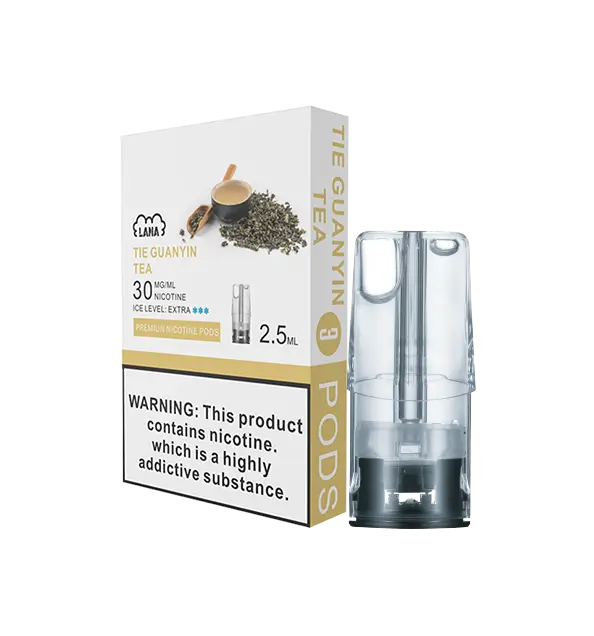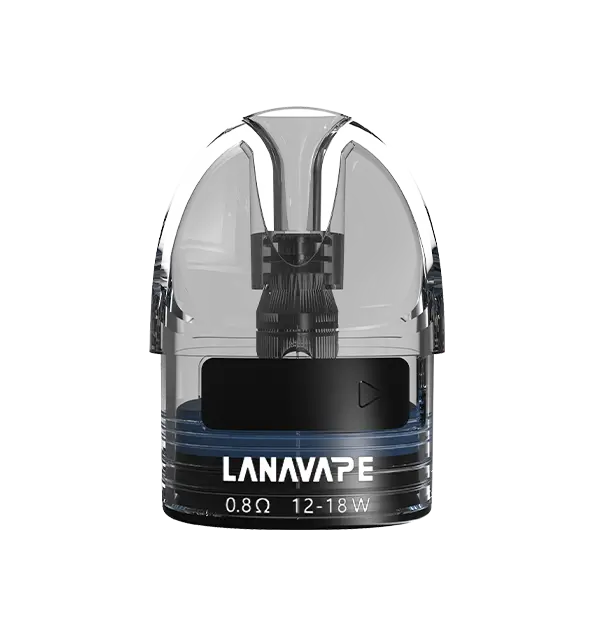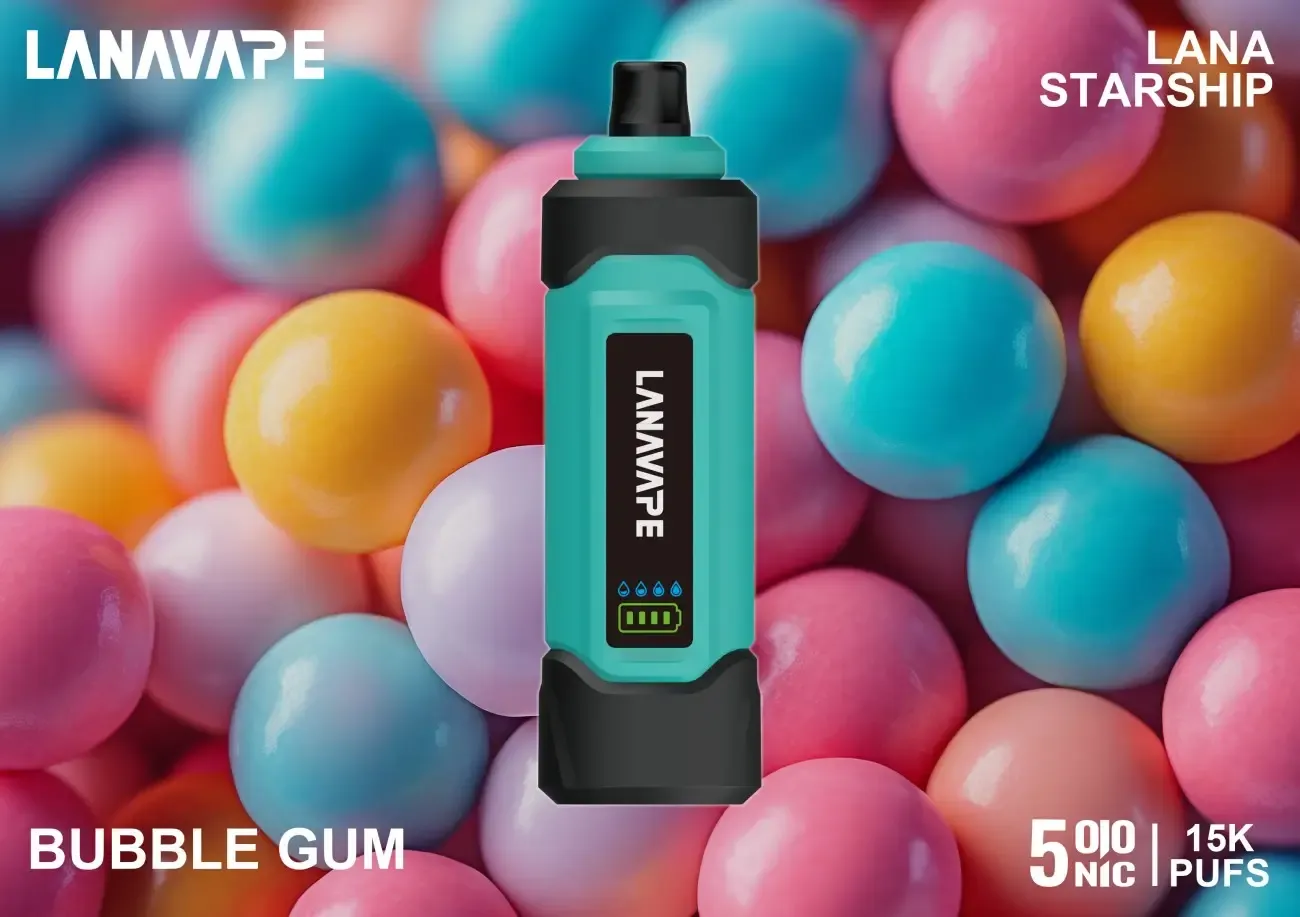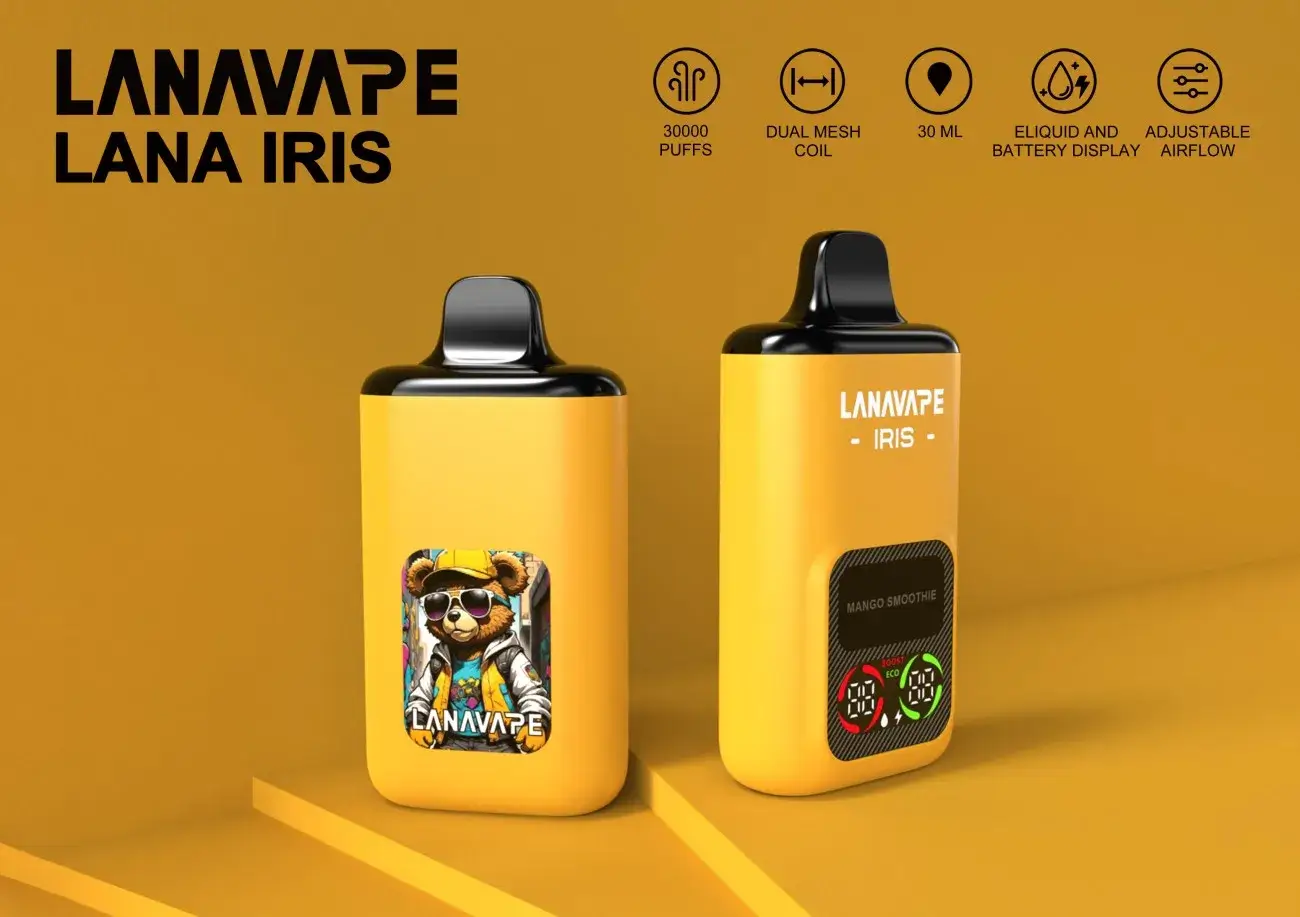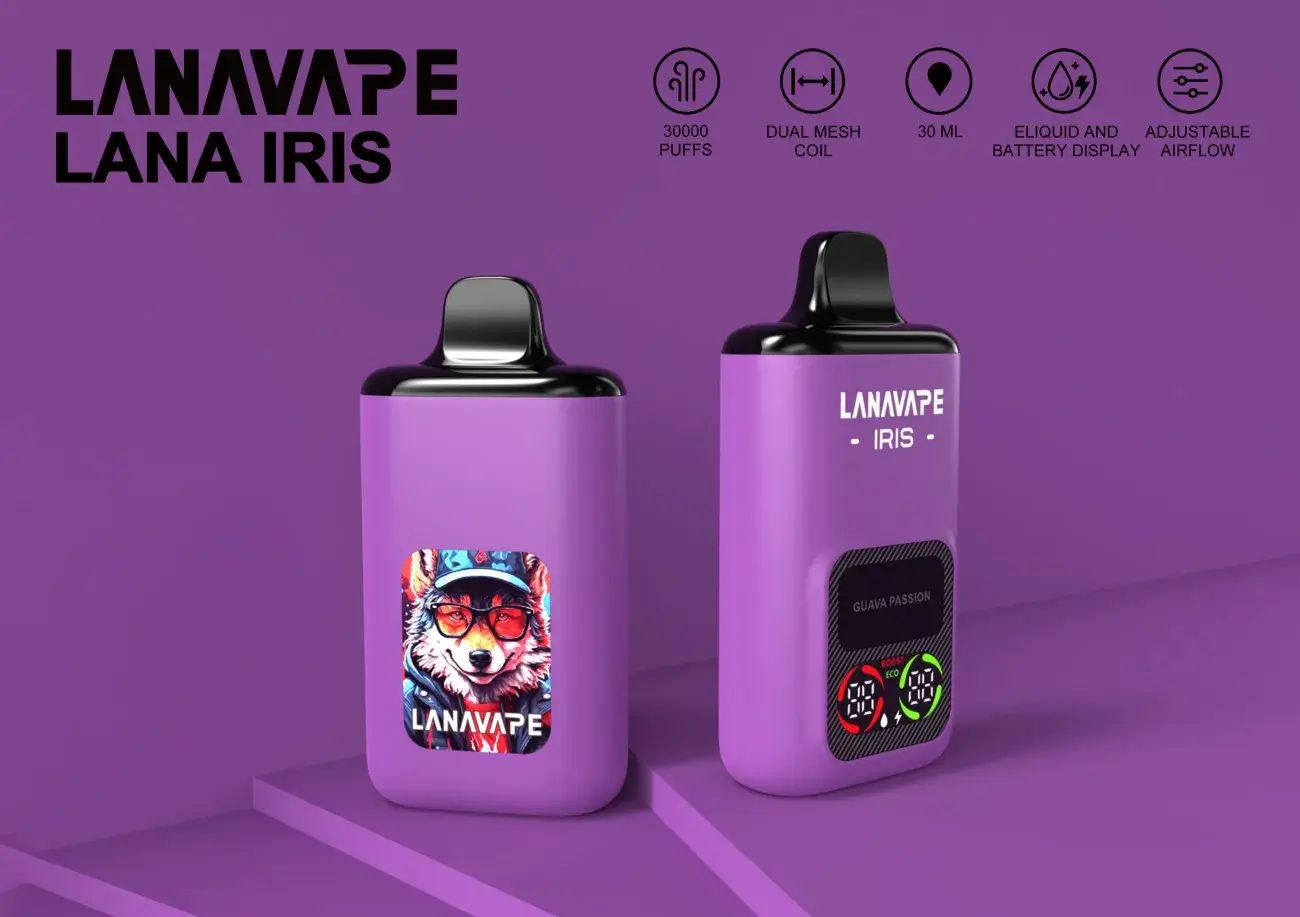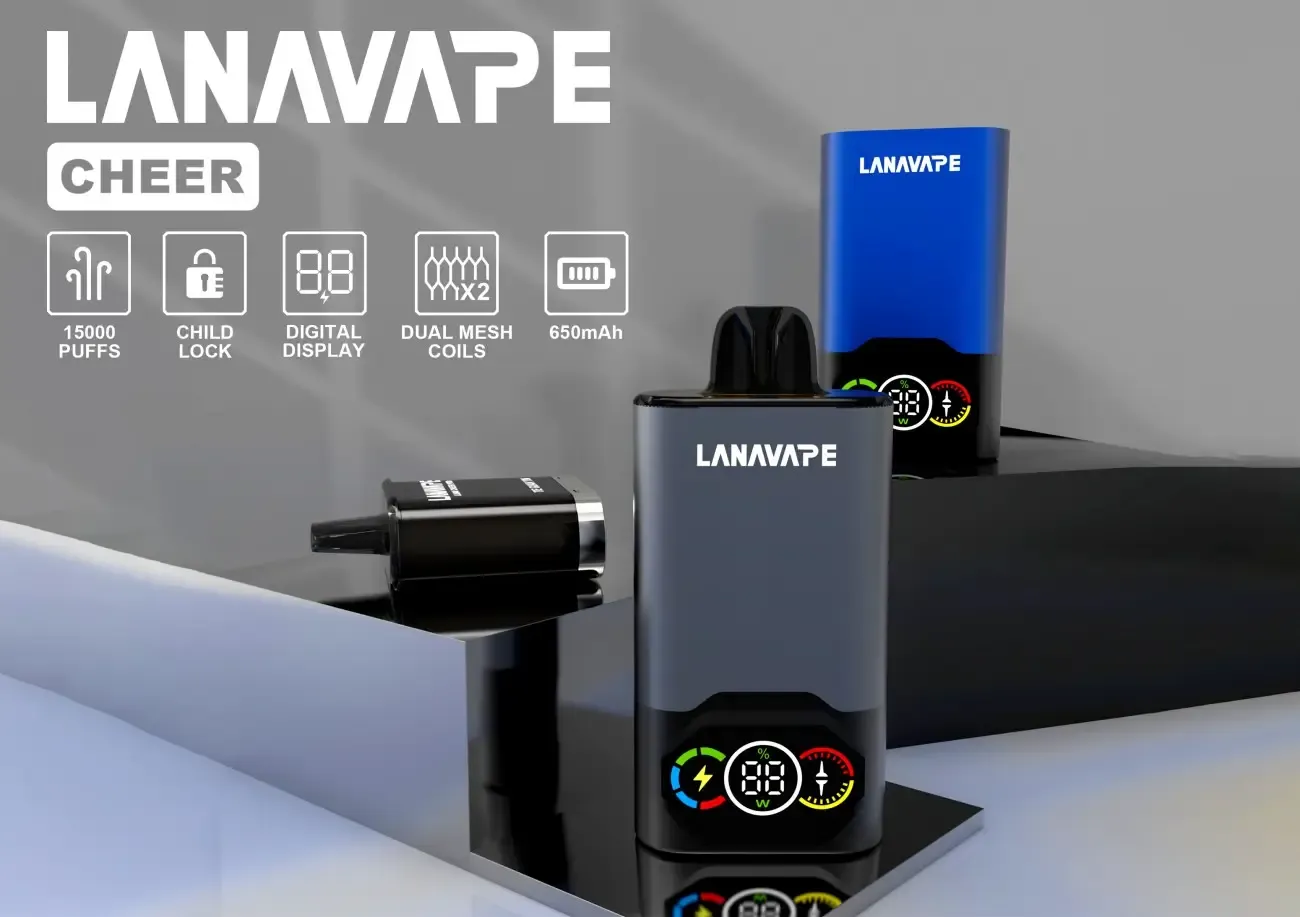
Pod vape are popular because their portability and ease to use, but after long time use, residual oil, condensation or dust may affect the taste or even lead to leakage. How to clean your Pod Vape and why need to clean your Pod Vape regularly?
Avoid odor residue: mixing flavored vape oils can lead to crosstalk
Extend the life of your device: oil crystals can clog airways or corrode parts.
Prevent oil leaks: seal residue can reduce air tightness.
Hygiene Considerations: Humid environments can harbor bacteria.
Cleaning Tools Preparation Checklist
✅ Cotton swabs or cotton pads
✅ Warm or distilled water (do not use alcohol or chemical cleaners!)
✅ Paper towel / microfiber cloth
✅ Toothpick or fine needle (for cleaning stubborn residue)
5 Steps to Thorough Cleaning Method (Take Universal Pod device as an example)
1. Disassembly and Pre-treatment
Unplug the vape (Pod) and separate the battery rod from the vape (some one-piece devices need to be emptied of vape oil first)
Pour off the remaining oil and wipe the surface with a paper towel.
2. Clean the inside of the pod
Air ducts and oil reservoirs: gently wipe the inner wall with a cotton swab dipped in warm water, and remove crystals from the air ducts with a toothpick.
Electrode contacts: wipe the metal contacts with a dry cotton swab to avoid oxidization.
Silicone sealing ring: rinse with warm water and leave to dry (do not expose to sunlight).
3. Handling of Atomizer (Coil)
Reusable atomizer core: soak in warm water for 10 minutes, shake gently to remove water, and air dry naturally for 24 hours.
Disposable cartridges: Replace directly, cleaning is not recommended.
4. Battery Stick Maintenance
Clean the charging port with a water-soaked cotton swab to ensure that no oil penetrates.
5. Thorough drying and assembly
All parts should be placed flat in a ventilated area to dry (at least 1 hour), completely dry before filling with new vape oil to avoid short-circuiting
Common Error Warning ⚠️
Rinsing the battery section with water: may cause damage to the circuits
Using alcohol or detergent: corrodes plastic or silicone parts
Use without drying: residual moisture dilutes the oil and affects atomization.

